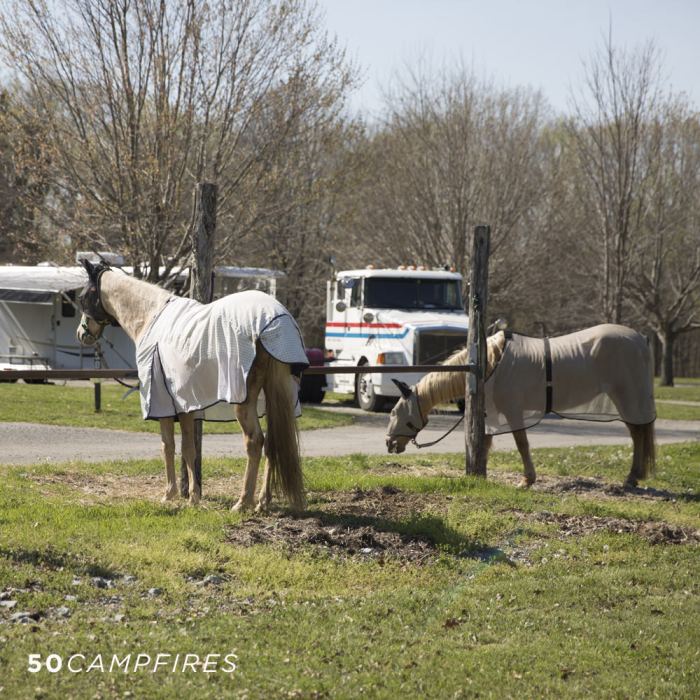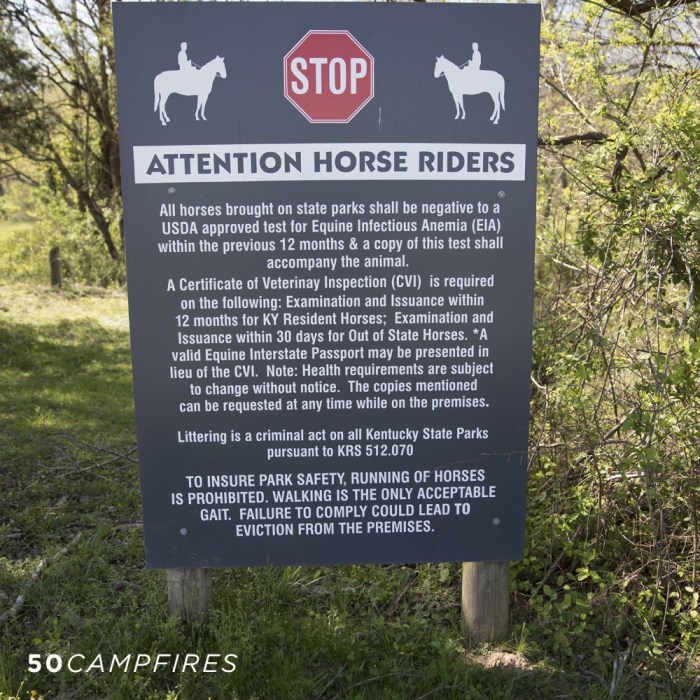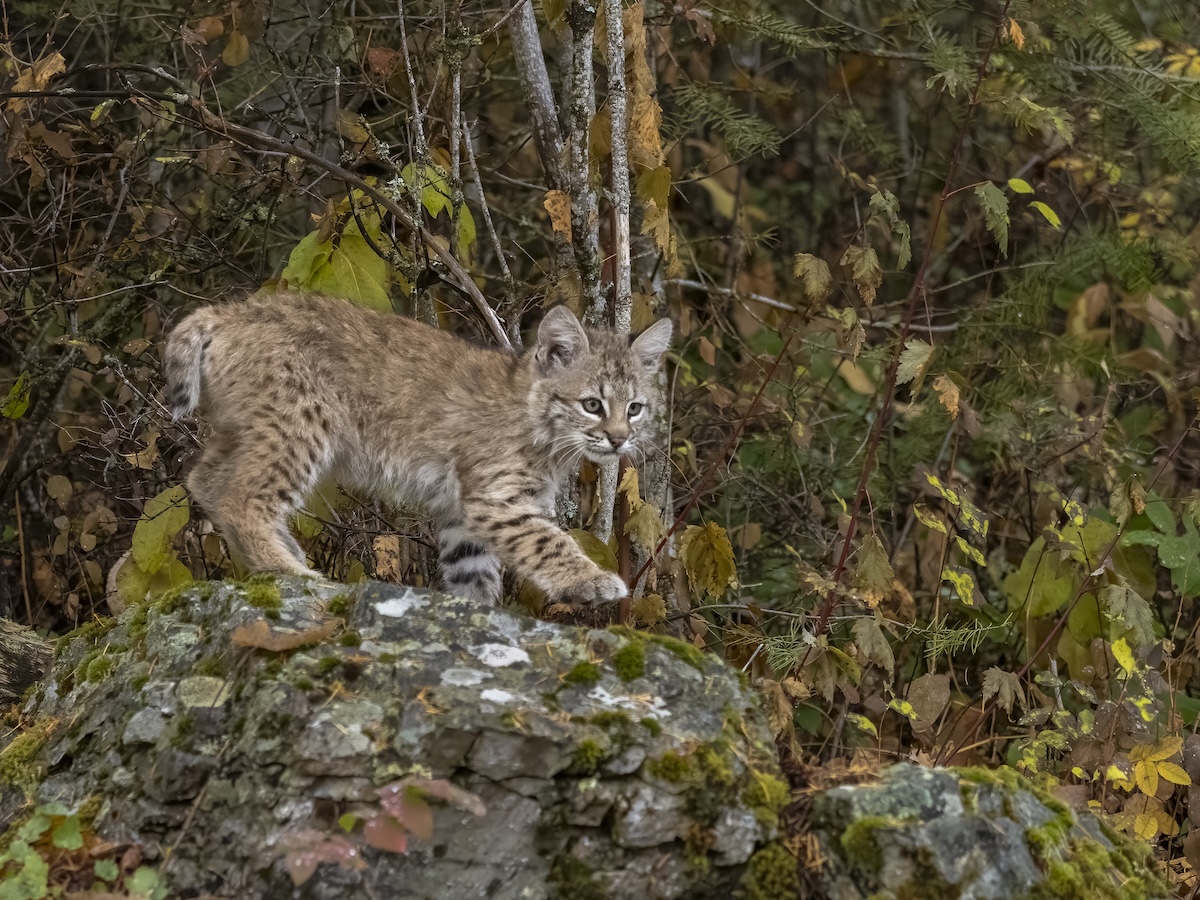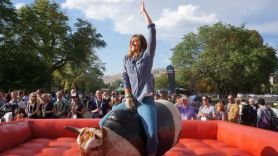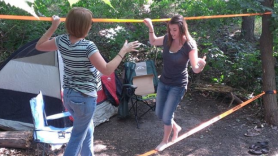

When you pull into a state park, a forest service campground, or a county recreation area, you’re often confronted with a signpost with arrows pointing down forking roads and different trails. Commonly, you see “Picnic Area,” “Campground,” “Beach,” “Headquarters,” and “Boat Launch.” Another you may encounter says, “Horse Camping.”
Videos by Outdoors
What lies down that road?
Next time you’re at the park check it out, and you’ll meet a whole new group of campers who are enjoying the outdoor experience just like you, except they like to do it with and on their horses. You might be surprised how much use this dedicated area of the campground receives throughout the camping season. In many places, the limited number of horse campsites book up faster than the rest of the campground.
Sometimes called “Equestrian Campgrounds”, this area of the park offers special facilities to accommodate campers who bring horses to enjoy the adjoining riding trails. In addition to the camper pads, picnic tables, fire rings, bathrooms, and sometimes showers, of the regular campground, horse camping areas include corrals, tie outs, lean-to style shelters for feed and tack, and additional parking areas for horse trailers. These campsites also usually serve as a trailhead location for an number of designated horse trail riding routes. Some equestrian campgrounds even offer arenas for roping and such.
Maybe you’ve never encountered horse camping before, but it’s much more common than you may think. The Kentucky Tourism website alone lists 14 campgrounds in the state specifically dedicated to horse camping. Many of them have as much as 100 miles of trails to ride over thousands of acres of terrain. The accommodations range from rustic to full-service including barns with stalls.
Horse campers are a friendly bunch of folks, for the most part, so don’t be afraid to take your kids through this part of the campground to see the horses. However, use common sense about approaching the animals. Be sure to ask if it’s okay to pet a horse and don’t make fast moves or approach in a way that would surprise or startle an animal.
1. Move slowly and confidently around horses. Never run at or near them.
2. Never approach a horse directly from the rear. That’s their blind spot, so you’re likely to startle them if you do. Stay where they can see you.
3. If an owner gives you permission to approach or pet a horse, talk to it in a calm quiet voice. Never shout or yell.
4. Trained horses are used to having most things done on their left side – saddling, mounting, dismounting, etc. So it’s best to approach a horse on its left.
5. Be aware of where the horse’s hooves are, and keep your feet clear.
6. If you’re allowed to feed a treat to a horse, hold your hand perfectly flat and keep your thumb tucked in tight to the side of the palm. Place the treat on the center of this platform and let the horse pick the treat off with its lips and teeth. You don’t want the horse mistaking a finger for a carrot!
You think you have a lot of gear to bring along to enjoy a weekend or a week at the state park? Try horse camping! These campers need all the same gear you have, PLUS everything to care for their horses away from home and on the trail, PLUS the saddles, bridles, blankets, and other gear for riding. That’s a lot of stuff!
Just like most parks now restrict bringing in outside firewood for campfires, horse campers are restricted on the kind and type of feed they are allowed to bring into a campground. These regulations help prevent the spread of seeds from invasive species of plants that can ultimately harm the natural habitat and overtake native species.

